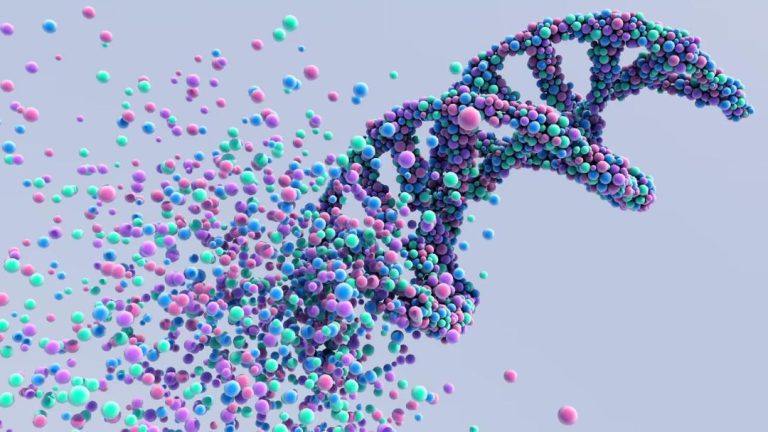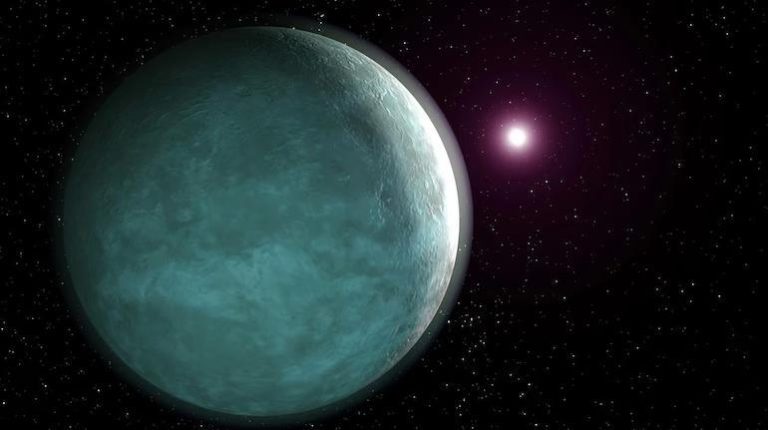
3,000-year-old map of universe discovered at ancient Mayan site
In a groundbreaking discovery, archaeologists have unearthed a 3,000-year-old Mayan site in Mexico, revealing a sophisticated understanding of the universe that challenges our current knowledge of ancient civilizations. The site, known as Aguada Fénix, has been found to be a cosmogram, a geometric map of the universe, which is a remarkable testament to the advanced astronomical knowledge of the Mayans.
The discovery was made by a team of archaeologists who have been excavating the site, which is located in the state of Tabasco, Mexico. As they dug deeper, they found a series of pits that were aligned with the four cardinal directions: north, south, east, and west. But what was even more astonishing was the presence of colored pigments in these pits, which are the earliest known in Mesoamerica.
The colored pigments were found to be aligned with the four cardinal directions, with blue azurite marking the north, yellow ochre the south, green malachite the east, and pearly seashells the west. This alignment is significant, as it suggests that the Mayans had a deep understanding of the movements of the sun, moon, and stars, and were able to use this knowledge to create a sophisticated map of the universe.
The use of colored pigments is also noteworthy, as it demonstrates a high level of artistic and technical skill. The Mayans were able to extract these pigments from natural sources, such as plants and minerals, and use them to create a vibrant and detailed map of the universe. The fact that these pigments have survived for over 3,000 years is a testament to the ingenuity and craftsmanship of the Mayans.
The discovery of Aguada Fénix is significant not only because of its age, but also because of its size. The site covers an area of over 4,000 acres, making it one of the largest Mayan sites ever discovered. The site is also remarkable for its sophisticated architecture, which includes a series of pyramids, plazas, and temples.
The discovery of Aguada Fénix has shed new light on the Mayan civilization, which was previously thought to have been a relatively simple and unsophisticated culture. The fact that the Mayans were able to create a sophisticated map of the universe, using advanced astronomical knowledge and artistic skills, challenges our current understanding of this ancient civilization.
The Mayans were known for their advanced knowledge of astronomy, which they used to create sophisticated calendars and track the movements of the stars and planets. However, the discovery of Aguada Fénix suggests that their knowledge of the universe was even more advanced than previously thought.
The site has been dated to around 1,000 BCE, which makes it one of the oldest Mayan sites ever discovered. The fact that the Mayans were able to create such a sophisticated map of the universe at such an early date is a testament to their ingenuity and creativity.
The discovery of Aguada Fénix is also significant because of its implications for our understanding of the development of human civilization. The fact that the Mayans were able to create a sophisticated map of the universe, using advanced astronomical knowledge and artistic skills, suggests that human civilization may be older and more sophisticated than previously thought.
In conclusion, the discovery of the 3,000-year-old map of the universe at Aguada Fénix is a groundbreaking find that challenges our current understanding of ancient civilizations. The sophisticated astronomical knowledge and artistic skills demonstrated by the Mayans are a testament to their ingenuity and creativity, and suggest that human civilization may be older and more sophisticated than previously thought.
The discovery of Aguada Fénix is a reminder of the importance of preserving our cultural heritage, and the need to continue exploring and learning about the ancient civilizations that have shaped our world. As we continue to uncover the secrets of the past, we may yet discover even more remarkable examples of human ingenuity and creativity.






